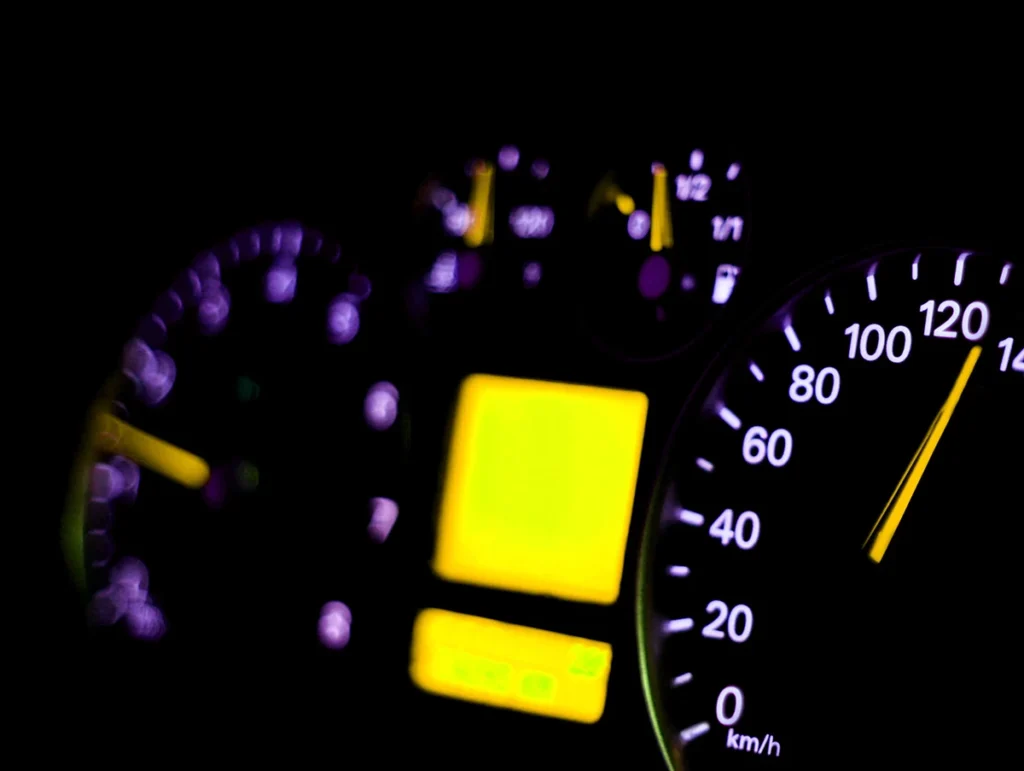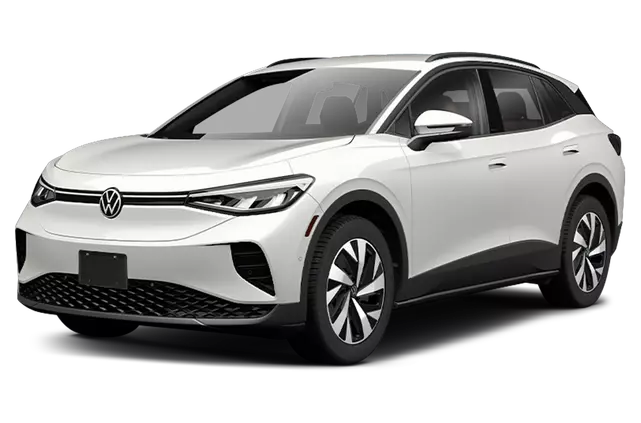There is no shortage of electric cars in the market now. We aren’t just talking about the urban commuters, but also fast electric cars. Many new automakers start their electric car journey with fast cars or electric supercars.
Companies like Aspark and even Tesla, for that matter, came up with fast electric sports cars or electric supercars. While some have faded into oblivion after showing us promising concepts, some have weathered the storm and are either into or will enter production.
Here’s a list of the five fastest electric cars in the world today that are in the production stage or about to enter production. Some of these fast cars are from mainstream automakers, some from established EV makers, and some from new start-ups.
So let’s dive into the world of fast EVs and discover these incredible machines that are changing the landscape of automotive performance.
Rimac Nevera – 258 MPH
Topping our list is the Rimac Nevera, an impressive machine capable of reaching speeds up to an astonishing 258 miles per hour (MPH). The Nevera is not just fast; it is a technological marvel. Powered by four electric motors—one for each wheel—the Nevera boasts an incredible combined output of 1,888 horsepower. This allows it to accelerate from 0 to 60 MPH in under two seconds, even by supercar standards.
The aerodynamic design is crucial in maximizing stability at high speeds while maintaining efficiency. With advanced features like regenerative braking and intelligent torque vectoring, the Nevera ensures optimal performance without compromising energy consumption.
New Tesla Roadster – 250+ MPH
Tesla has always been synonymous with innovation and pushing boundaries when it comes to electric vehicles. The upcoming Tesla Roadster aims to redefine what is possible for EV performance. With claimed figures exceeding 250 MPH for its top speed, this all-electric sports car takes acceleration to another level.
Equipped with three electric motors—one at the front axle and two at the rear—the new Tesla Roadster promises mind-boggling acceleration figures that surpass any production car ever made. It claims a jaw-dropping zero-to-60 time of under two seconds—an unprecedented feat that puts it in a league of its own.
The Roadster’s sleek design, inspired by its predecessor, the original Tesla Roadster, enhances aerodynamics and turns heads wherever it goes. With a removable glass roof and seating for four passengers, this supercar combines performance with practicality like never before in an electric vehicle.
Aspark Owl – 249 MPH
The Aspark Owl may be relatively unknown compared to other contenders on this list, but it should not be underestimated. This Japanese-made hypercar showcases how far electrification has come within such short timeframes. The Owl achieves a top speed of around 249 MPH—an impressive figure that firmly establishes it among the fastest EVs in the world.
Underneath its eye-catching exterior lies a powertrain with four motors—one for each wheel—that generate equivalent horsepower. Advanced battery technology allows for quick charging while providing extended range capabilities—a must-have feature for any high-performance electric car.
With striking aesthetics and exceptional performance, the Aspark Owl represents the perfect fusion of form and function—a testament to what can be achieved when innovation meets craftsmanship.
Deus Vayanne – 248 MPH
Next is the Deus Vayanne, a British electric supercar combining stunning design with impressive performance. With its top speed of 248 MPH, this EV proves that being eco-friendly doesn’t mean sacrificing power or style.
Crafted from lightweight carbon fiber materials, the Vayanne boasts remarkable acceleration figures and advanced aerodynamics to maximize efficiency at high speeds. Its electric powertrain delivers immense torque—allowing lightning-fast acceleration that will leave you breathless behind the wheel.
The Deus Vayanne shows that sustainable transportation can coexist with exhilarating driving experiences—an embodiment of automotive engineering excellence combined with environmental consciousness.
Automobili Pininfarina Battista – 222 MPH
Rounding out our list is the Automobili Pininfarina Battista, named after the renowned Italian automotive design house behind its sleek aesthetics. This all-electric hypercar achieves a top speed of 222 MPH while delivering zero-emissions performance.
The Battista features an advanced battery system capable of providing over 300 miles of range on a single charge—making it fast and practical for everyday use. Its electric powertrain generates immense torque, allowing lightning-fast acceleration and an unforgettable driving experience.
With breathtaking design and cutting-edge technology, the Automobili Pininfarina Battista represents the pinnacle of luxury electric performance—a testament to how far EVs have come in terms of both speed and sustainability.
Comparison and Analysis
Now that we have explored the top five fastest EVs in terms of raw speed, let’s delve deeper into their specifications and analyze what sets them apart from one another.
Side-by-side comparison of the top 5 fastest EVs
- Acceleration and top speed comparison:
When it comes to acceleration, the Rimac Nevera takes first place with its mind-blowing capability to go from 0 to 60 MPH in under two seconds. However, all five contenders offer exceptional acceleration figures due to their powerful electric motors.
- Battery capacity and range comparison:
Each car brings something unique to the table regarding battery capacity and range. The Tesla Roadster aims to set new benchmarks by offering an estimated range exceeding 600 miles on a single charge – quite remarkable considering its blistering performance capabilities.
- Motor power and torque comparison:
Motor power plays a crucial role in determining how quickly these vehicles can achieve their astounding speeds. The Rimac Nevera leads the pack with its combined 1,888 horsepower output, closely followed by cars like Aspark Owl or Deus Vayanne.
Analysis of strengths and weaknesses
While all five EVs mentioned here are undoubtedly impressive in speed and performance, they each have their own strengths and weaknesses. For instance, the Rimac Nevera showcases exceptional acceleration but may come at a higher price point compared to some competitors. On the other hand, the New Tesla Roadster aims to combine both high-performance capabilities with long-range practicality.
Factors influencing the ranking
Several factors influenced our ranking of these top 5 fastest EVs. Speed was undoubtedly a critical factor as it directly relates to performance capabilities; however, we also considered aspects such as battery technology advancements, range figures, design aesthetics, and overall driving experience.
Future of Fast EVs
As the electric vehicle industry continues to evolve rapidly, it is clear that fast EVs have a significant role in shaping the future of transportation. Some key factors will influence the development and proliferation of high-performance electric vehicles.
Advancements in EV Technology
Technological advancements are among the most exciting aspects of the future of fast EVs. As battery technology advances, we can expect greater energy density and longer ranges for these high-performance machines.
Furthermore, innovations in electric motor design and power electronics will increase efficiency and performance. With lighter materials and advanced cooling systems, manufacturers can push further limits regarding speed and acceleration.
Potential Speed Records and Benchmarks
Fast EVs are not just about breaking speed records; they also serve as benchmarks for what is possible with electric propulsion systems. As automakers strive to outdo one another, we may witness new milestones in top speeds and acceleration figures.
The current crop of fastest EVs has already shattered expectations with their breathtaking capabilities. However, as technology progresses, there’s no telling how much faster these vehicles can become.
Market Trends and Consumer Demands
Consumer demand plays a crucial role in shaping the future direction of any industry—electric cars are no exception. Consumers increasingly demand high-performance automobiles that deliver exhilarating driving experiences without compromising sustainability.
Automakers are taking note of this shift in consumer preferences by investing heavily in developing fast EV models across various price segments—from mainstream brands to luxury manufacturers—aiming to capture a slice of this growing market segment.
Role of Fast EVs in the Transition to Sustainable Transportation
EVs not only cater to the desires of speed enthusiasts but also serve a broader purpose in accelerating the transition to sustainable transportation. By showcasing that electric vehicles can rival or even surpass their gasoline-powered counterparts in terms of performance, these high-speed machines help dispel any lingering doubts about the capabilities and limitations of electric propulsion.
Moreover, EVs act as ambassadors for electrification by capturing public attention and generating excitement around electric vehicles. As more consumers become aware of these impressive offerings, it paves the way for wider adoption of EV technology across all vehicle segments.
Conclusion
In a world where speed reigns supreme, fast EVs have emerged as the vanguards of a new era in automotive excellence. The top 5 fastest EVs explored in this article are more than just vehicles; they represent a thrilling blend of innovation, power, and sustainability.
These high-performance machines harness the latest advancements in battery technology and electric drivetrains to deliver mind-boggling acceleration and impressive top speeds.
But it’s not just about raw performance – these fast EVs also serve as ambassadors for sustainable transportation, challenging preconceived notions and inspiring others to embrace electric mobility.
As automakers continue to push the boundaries of what is possible with electrification, we can look forward to an exciting future filled with even faster and more efficient EVs.


